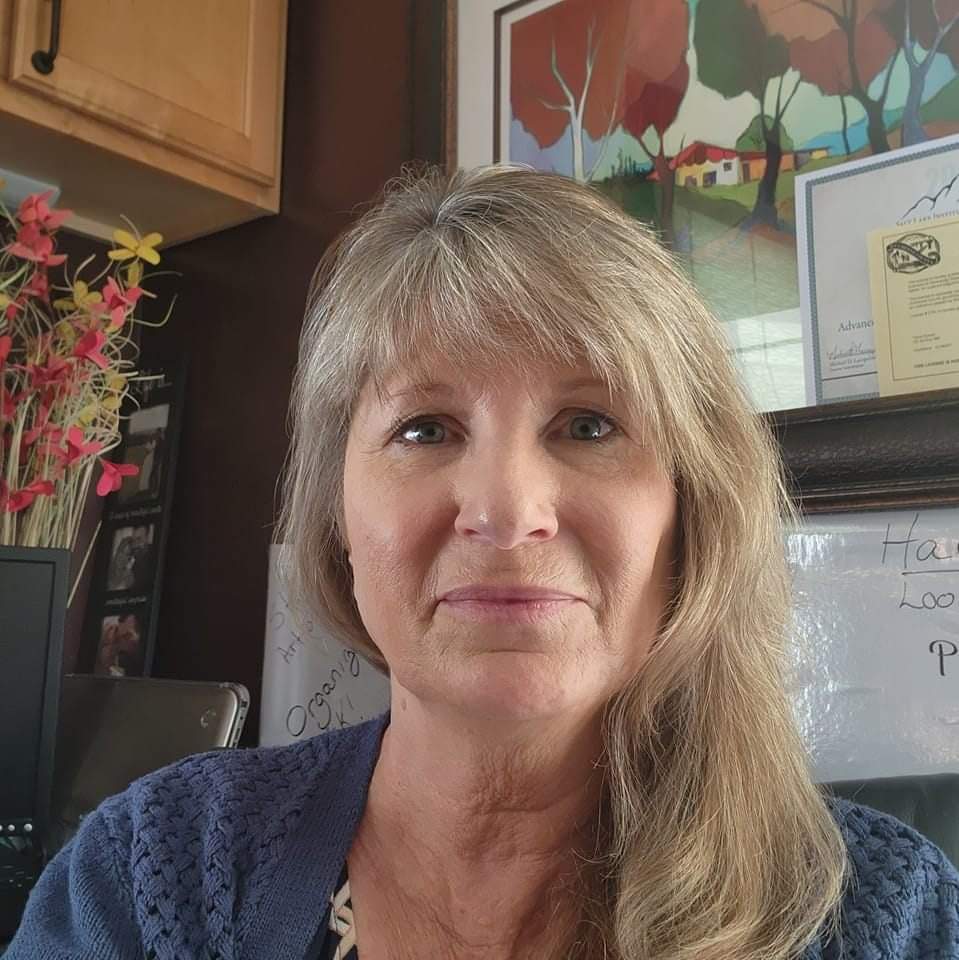
Understanding Genealogical Records
Your great aunt Margaret told you the history of your family. It has to be accurate, right? Well, not always. Just like any family lore, details can get lost in the telling and the translation. So, does that mean you need more info on your family line? Absolutely. Today, we’ll dive into the distinction between primary and secondary records. You just want to document your family line—why should this matter? It does. Here’s why…
Sometimes, you’ll come across primary sources or documents—evidence from someone who directly witnessed the event. More often than not, you might only find secondary documents, which are based on second-hand information. Do you know the difference? Let’s get those brain gears turning. Here we go:
Question 1: What is a primary document in genealogy? A primary document in genealogy is an original record created at the time of an event by someone who witnessed it directly. These documents provide firsthand evidence and include items like birth certificates, marriage licenses, death certificates, baptism records, land deeds, and military service records. They are the gold standard in genealogical research because they offer the most reliable and accurate information. Keep those primary documents close—they’re key to unlocking your family’s past!
Question 2: Why are some documents called secondary records? Secondary documents in genealogy are records created after an event by someone who did not witness it firsthand. These documents are valuable for providing context and corroborating primary records but should be used critically, as they are one step removed from the original event.
Question 3: Why might you often find more secondary documents than primary ones? You’ll often find more secondary documents than primary ones because secondary sources are like the fast food of genealogy—widely available and easy to access. Here’s why:
- Accessibility: Secondary documents, like census records and newspapers, are produced en masse and are often digitized. They’re ready for your viewing pleasure with just a click.
- Preservation: Primary records, such as original birth certificates or land deeds, might be tucked away in specific archives or have been lost to the ravages of time and elements.
- Compilation: Secondary documents are often summaries or compilations of primary sources. Libraries, archives, and online databases are brimming with these compilations.
- Research Convenience: Generations of genealogists have created secondary documents to synthesize and interpret primary data, making these handy summaries more accessible to everyone.
Secondary documents are gold mines of information but remember to cross-reference them with primary sources whenever possible to strike genealogical gold.
Ready to see how much you know? Let’s dive in!
Here are some primary genealogy record types:
- Birth Certificates
- Baptism Records
- Marriage Certificates
- Death Certificates
- Land Records
- Naturalization Records
- Military Records
- Wills and Probate Records
- Diaries and Journals
- Letters
- Original Photographs
These records are created at the time of the event and provide firsthand information, making them invaluable for genealogical research.
Here are some secondary genealogy record types that can be quite useful:
- Census Records
- Newspapers
- Indexes
- Biographies
- Local Histories
- Family Histories
- City Directories
- Grave Markers (not directly witnessed)
- Published Genealogies
- Transcriptions of Original Documents
These resources can help fill in the gaps and provide context to the primary records in your family tree.
As a rule of thumb, a primary record can stand on its own. However, in the absence of a primary document, two or more secondary documents may suffice to verify your ancestor’s information. When deep diving into those documents, always ask yourself: which category does it fall into—primary or secondary? And, more importantly, why? This analytical approach is crucial in ensuring your genealogical findings are accurate and reliable.
Next, be sure to document exactly where you found these records! Don’t risk losing that crucial information. URLs can change, documents can vanish, and you or someone else may need to locate those records again in the future. Keep meticulous notes—your future self will thank you.
We’ll dive into how to find and use these documents in future blog posts. Uncovering accurate family history takes time and diligence, so don’t lose hope. Gather all the information you have, including family lore! Pick one ancestor to start with, and we’ll work through this detective journey together, step by step.
Just for fun: test your new knowledge and ask yourself why each document type falls under its category. Here’s a quick quiz:

Happy researching!


One response to “Cracking the Code: Why Accurate Records Matter in Genealogy”
Excellent article!